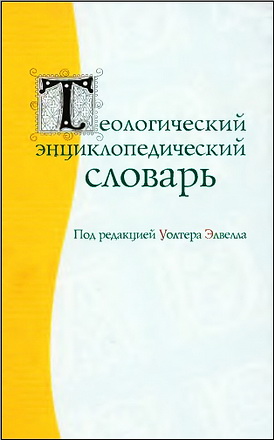
Sandt, Flusser - The Didache
The Didache, a first-century Christian manual probably composed in Syria-Palestine, is a goldmine of information on the nascent Christian church and early Judaism. Because it offers rules for ecclesiastical praxis one might characterize the Didache as a handbook of church morals, ritual and discipline. To a certain extent, these rules obviously reflect local reality. The manual offers a glimpse of the earliest details with regard to the actual practice of the catechumenate, baptism, and the Eucharist in a specific Christian community (Did 1-10) and provides us with data about the functioning of leadership in that primitive community (Did 11-15).
Huub van de Sandt, David Flusser - The Didache
Royal Van Gorcum, Assen
Fortress Press, Minneapolis
2002 - 431 pp.
ISBN 90-232-3763-3 (Royal Van Gorcum) 0-8006-3471-3 (Fortress Press)
Huub van de Sandt, David Flusser - The Didache - Contents
- EDITORS' FOREWORD
- PREFACE
- Chapter 1 INTRODUCTION: HISTORY AND TEXT OF THE DIDACHE
- Chapter 2 THE JEWISH SOURCE OF DIDACHE 1-6: THE TWO WAYS
- Chapter 3 THE INFLUENCE OF THE TWO WAYS IN CHRISTIAN LITERATURE
- Chapter 4 A RECONSTRUCTION OF THE TWO WAYS
- Chapter 5 THE TWO WAYS AS A JEWISH DOCUMENT
- II THE DIDACHE'S PLACE IN EARLY JUDAISM AND NASCENT CHRISTIANITY
- Chapter 6 THE TWO WAYS AND THE SERMON ON THE MOUNT
- Chapter 7 A JEWISH-CHRISTIAN ADDITION TO THE TWO WAYS (DID 6:2-3)
- Chapter 8 THE DIDACHE'S RITUAL: JEWISH AND EARLY CHRISTIAN TRADITION (DID 7-10)
- Chapter 9 THE DIDACHE COMMUNITY AND ITS JEWISH ROOTS (DID 11-15)
- ABBREVIATIONS
- BIBLIOGRAPHY
- INDICES
Huub van de Sandt, David Flusser - The Didache - The Jewish source of Didache 1-6: the Two Ways
The section of moral instruction in Chaps. 1-6 of the Didache differs from the remainder of the work (7:1-16:8), which is concerned with church order and practice. The following pages will briefly discuss the contents of Did 1 -6 (pp. 55-56). Next, it will be demonstrated that the materials in Did 1-6 suggest at least two layers of composition, representing two different stages ofthe literary history ofthe Two Ways. It will further become apparent that the earlier layer (without Did 1:3a-2:1 and 6:2-3) is closely connected with a Jewish pattern ofthe Two Ways (pp. 56-59). In a subsequent section, we will see that this earlier layer, perceived in the first part ofthe present Didache, appears as an independent composition in Two Ways sections of other extant Christian writings. These sections may accordingly be qualified as representing the ancient Two Ways tradition (pp. 59-70). Finally, in search ofthe tradition's earliest form, the interrelationship will be discussed between the Didache, the Doctrina Apostolorum, the Letter of Barnabas, and the Apostolic Church Order as far as their Two Ways passages are concerned (pp. 70-80).
The Contents ofthe Two Ways Section in Did 1-6
After an introduction (1:1), the first division of Did 1-6 teaches the Way of Life (Chaps. 1-4), which is described at greater length than the Way of Death (Chap. 5). It begins with the double love commandment (the "love of God" and the "love of neighbour"), which is followed by the Golden Rule in its negative form. Then a series of positive admonitions is found in verses 3b-2:1, which, reflecting some radical requirements of the Sermon on the Mount, display Christian concerns rather strictly. The segment calls upon the reader/hearer to love his enemy, to abandon retaliation and to give to the needy. The acceptance of unnecessary charity and the unconditional dispensation of alms, however, probably as a result of contemporary abuses, are condemned.
After a second introduction, a list of prohibitions is presented in 2:2-7. Although this parenetic catalogue is expanded with specific additional elements, it is in fact a development of the more general themes of the second table of the Decalogue. Thus the commandment not to commit adultery is extended to include a prohibition on pederasty and fornication. Also other items expressing a firm stand against the danger of contemporary threats can be explained as modifications ofthe Decalogue. These prohibitions include magic, sorcery, murdering children, and abortion. The next passage, Did 3:1-6, stands out as a distinctive literary unit. The verses in 3:2-6 present five negative admonitions on major transgressions (as in 2:2-3), which are viewed each in its turn as the utmost consequences of transgressing light precepts. They begin with the address "My child" (τέκνον μου) and are constructed in a strophic and repetitive pattern. This pattern is not extended to the next verses. Instead, the passage in Did 3:7-10 gives a series of positive admonitions which, with respect to their content, are basically characterized by the motif of humble meekness.
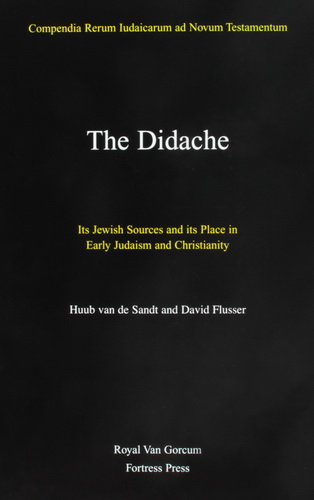
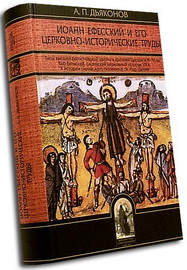
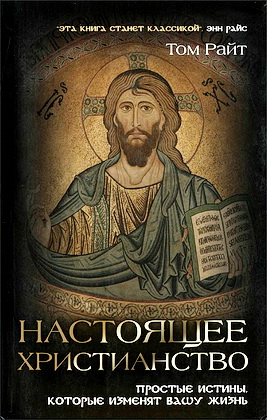

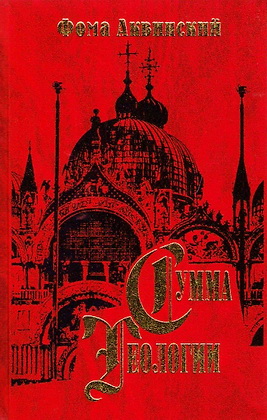
Комментарии (1 комментарий)
Полезная книга для исследований истории ранних христианских традиций и теологии. Да и ее автор - Д. Флуссер! Он специализируется как раз в еврейских корнях раннего христианства, чем мало кто из христ. авторов занимется.